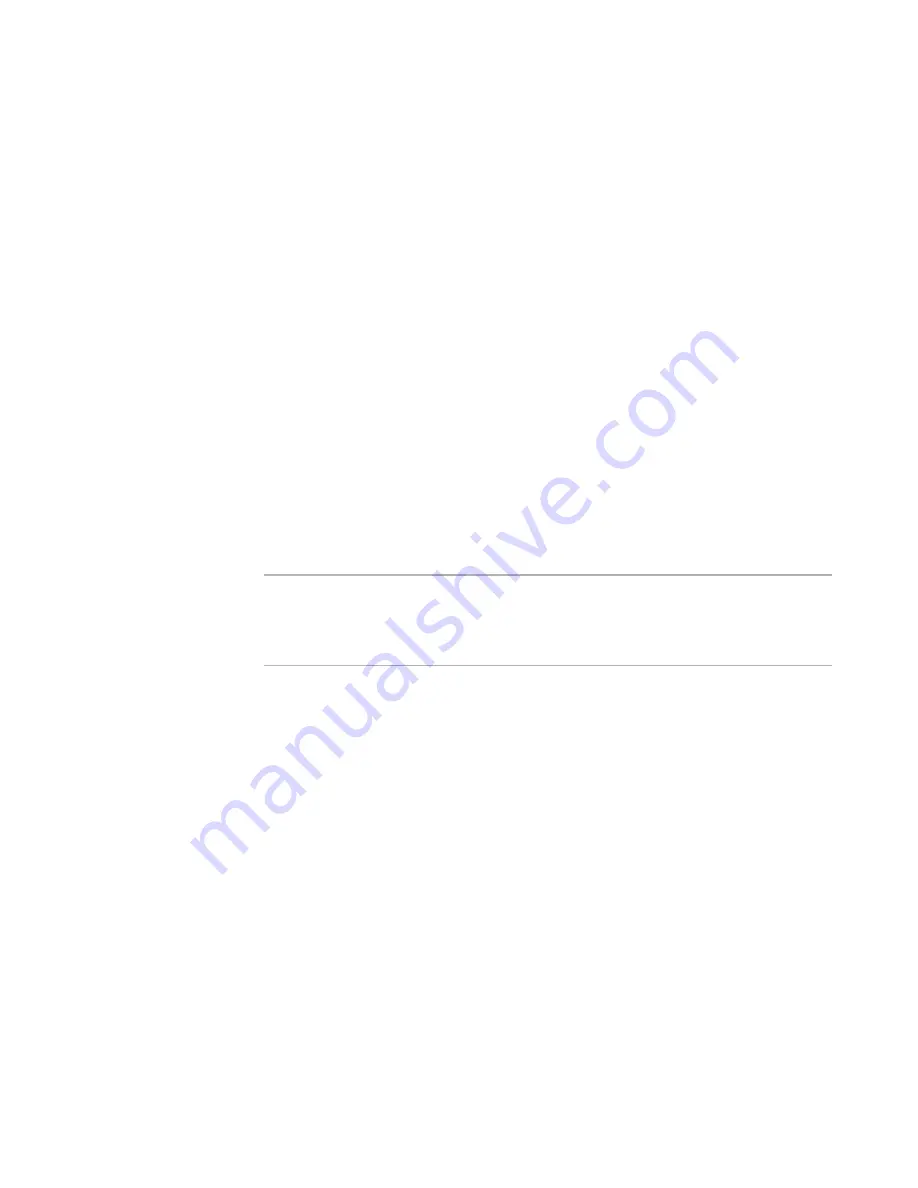
Windows Installer Editor Reference
443
Using Conditions and Properties
See
Creating Conditions With Condition Builder
on page 441.
2. In the Fields list, click the Property folder.
The Values list displays a list of properties and directories that are initialized by this
installation. More properties appear than in other lists of properties, such as the
Properties icon in Setup Editor > Product tab. It includes Windows Installer
properties that are set at run time based on system configuration, such as ScreenX
and ScreenY. For information on Windows Installer properties, see Property
Reference in the Windows Installer SDK Help.
3. In the Values list, double-click the name of the property.
If the property you want does not appear in this list, enter the property name in the
condition list box at the top of the Condition Builder dialog box.
4. Click the = button.
An equals sign is inserted in the condition list box.
5. Click in the condition list box after the equals sign and enter a value.
6. Click OK.
Checking the Value of an Environment Variable
Environment variables are system or end user variables that are set by the operating
system running on the destination computer. They contain values specific to that
computer.
Note
This procedure lets you check the value of an environment variable. To read the value of
an environment variable into a property, use the Set Property type of custom action.
Enter [%ENVIRONMENT_VARIABLE_NAME] in the Property Value field on the Custom
Action Target dialog box while creating the action (brackets required).
To check the value of an environment variable
1. Open the Condition Builder.
See
Creating Conditions With Condition Builder
on page 441.
2. In the Fields list, click the Environment Variable folder.
The Values list displays the environment variables that currently exist on your
computer. If the environment variable you want is not in the list, enter its name in
the condition list box at the top of the Condition Builder dialog box. For information
on available environment variables, consult Microsoft Windows developer
documentation.
3. In the Values list, double-click the name of the environment variable.
4. Click the = button.
5. Click in the condition list box after the equals sign and enter a value.
6. Click OK.






























